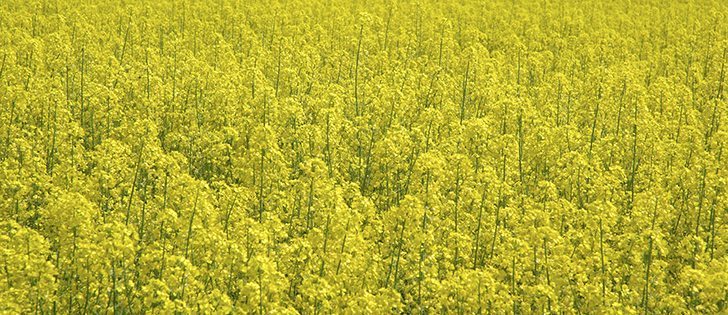BROOKS, Alta. — Bees can increase canola yields by five to 20 percent, which can be significant considering its market price and associated input costs.
Shelley Hoover, apiculture research scientist with Alberta Agriculture, explained bee benefits July 31 during a field day at the Crop Diversification Centre in Brooks.
“Whether or not putting honeybees on your crop will increase your yield and how much it will increase your yield is going to depend on what native bees or other pollinators are in the area, but in general it’s a good idea, if you want to grow canola, to have bees nearby, whether it’s on your field or on your neighbour’s field,” she said.
Read Also

Canola oil transloading facility opens
DP World just opened its new canola oil transload facility at the Port of Vancouver. It can ship one million tonnes of the commodity per year.
As the heart of hybrid canola seed production, southern Alberta producers make extensive use of leaf-cutter bees for pollination.
Two to three gallons of bees per acre are typical for canola seed production.
The pollination process is often augmented by honeybee hives placed by honey producers near canola fields.
Hoover said there is evidence that bees reduce green seed counts in canola because crops are pollinated more efficiently.
A fact sheet prepared by Manitoba Agriculture entomologist John Gavloski cites 2006 research indicating honeybees reduced the blooming period of Argentine canola by 3.8 days.
“Because of the efficient pollen transfer, the honeybees resulted in the flowers living for a shorter period of time, and also reduced the number of flowers the plant had to produce to reach its carrying capacity,” Gavloski said in the fact sheet.
A reduced flowering period with fewer flowers per plant could also reduce the risk of sclerotinia, he wrote, but the idea hasn’t been tested.
Hoover said honeybees will forage one to five kilometres from their hive, while leafcutters tend to stay within 400 to 500 metres of their shelter.
















